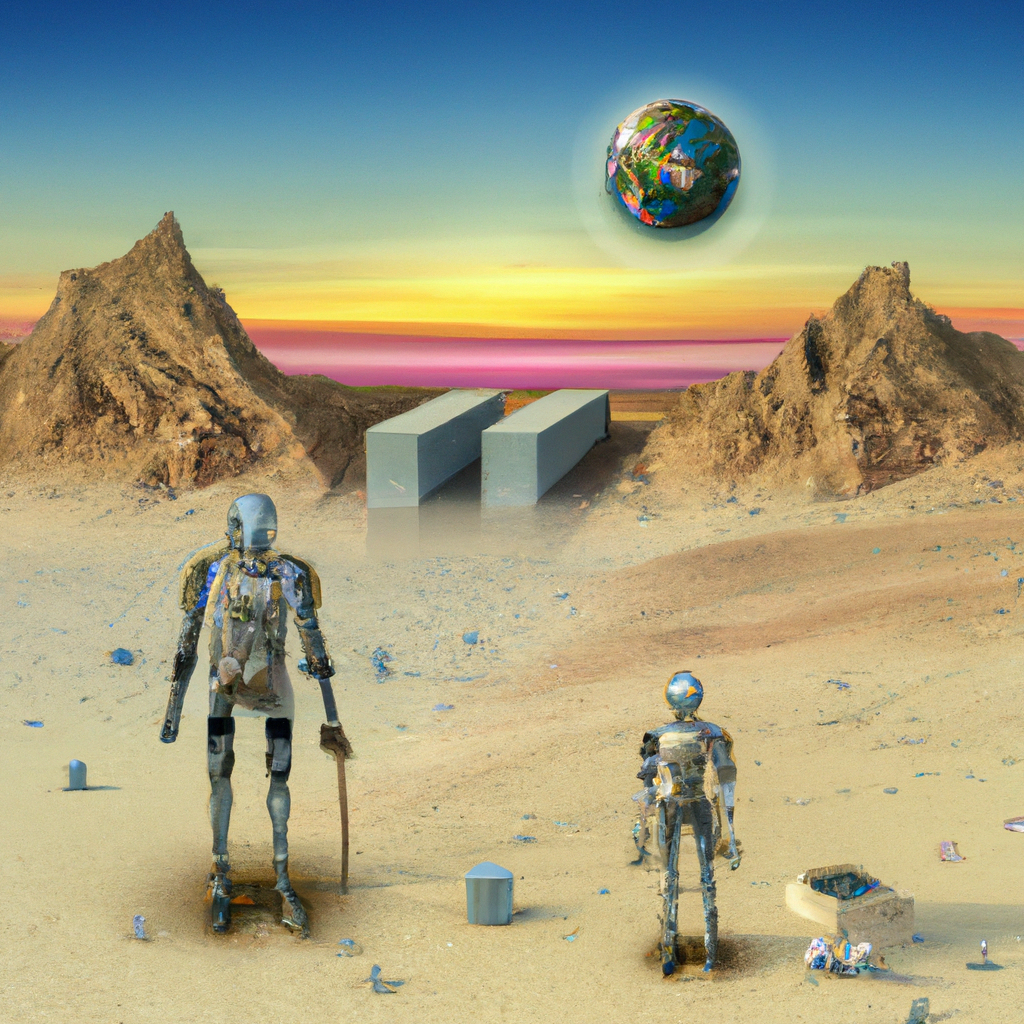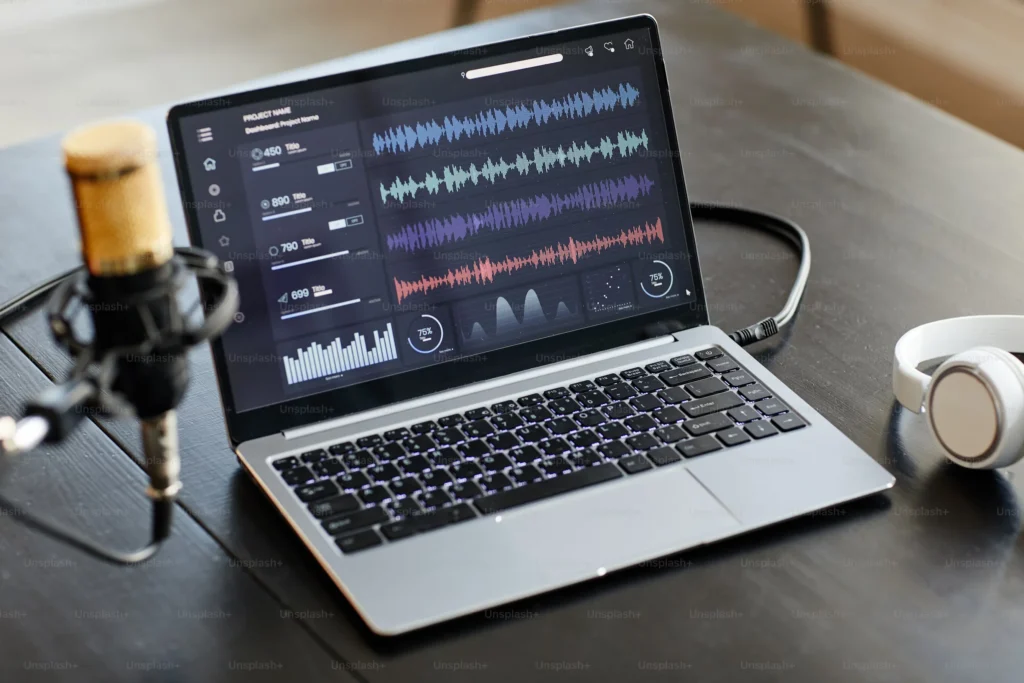AI, you listening?
Unless you’re stranded on some remote island in the heart of the Pacific Ocean with no access to the internet or media in general, the “AI” word has probably crept up your ears by now.
AI, in essence, stands for Artificial Intelligence, which refers to the simulation of human intelligence in machines and programs that are designed to think and act like humans.
The world is talking about it, how Artificial Intelligence or AI is the next big thing.
So it may come as a surprise that the term “AI” has actually been around longer than most people talking about it these days.
Almost 70 years now.
Then why all the sudden rage?
AI for Everyone: The real Next Big Thing
Artificial Intelligence has been around for decades; the thing is, we don’t always realise when we’re in contact with it. We’ve grown so used to technology helping us in our lives that rarely do we stop and think about the science behind most of it.
AI powers digital voice assistants like Siri and Alexa, but tasks like opening your phone with Face ID, Google search suggestions, ads on social media platforms, and navigation apps are AI-powered. It’s become an integral part of a lot of routines and lifestyles around the globe.
And in the last few years, things have truly evolved.
For the first time in history, artificial intelligence is on its way to imitating human creativity; it is no longer just analysing or replicating existing data or following a set of rules.
The advancements in generative AI have made it possible for AI to create new and unique outputs based on a set of input data, so in many ways, the first step where AI aids your knowledge/creative process is also revolutionising.
And it is now accessible to everyone on the internet for everyday use, whether they’re from a tech background or not.
The new AI called generative AI works by utilising machine learning algorithms to generate new content, such as written text, art, or even music, in a way that is not simply a reproduction of existing data.
Additionally, generative AI has become accessible for everyone on the internet by removing barriers such as cost, technical knowledge, and access to resources, thus aiding the masses with knowledge work and creative work.
This is the game changer, the real next big thing.
AI has become capable of interacting and creating while feeling less mechanical and more human.
So it stands to directly benefit creatives and professionals alike by helping them save more time, become more capable and make more money.
Major Use-Cases of Generative AI for everyone
Now that we’re clear on what generative AI is and does, it’s important to see where one can make use of it. Knowledge and creative field workers can benefit greatly from generative AI because it stands to make them at least 10% more efficient.
AI is not here to steal your job. It is here to make your work faster and easier. It is here to equip you with powerful tools, and what you choose to do with that is your creative freedom.
Here are a few of the many applications of generative AI:
Write Text
Generate Images
Edit/Generate Videos
Speech synthesis
and many more.
- Write Text:
AI is capable of writing text for you on-demand, tailored to your needs. AI writers can help generate summaries, copy, captions, product descriptions, and even blog posts, in minutes. It comes down to the way you articulate your requirements; AI takes over from there.
Imagine the amount of time you can save compressing lengthy articles into bite-sized summaries, producing SEO-optimised text material, including copy and captions, blog topics, etc.
ChatGPT, Copy AI and Simplified are a few of the many tools available online that can help you create text tailored to your requirements.
- Generate Images
AI image generators allow for image generation suited to your requirements. Create vector images, stock photos, graphics for blogs, desktop wallpapers, and even AI avatars– all through the text inputs that you provide.
Applications like Midjourney, DALL E 2, and Fotor are capable of generating entirely new artworks through textual prompts, so if your search for the perfect graphic is leading nowhere, use AI and create your own!
- Edit/Generate Videos
AI is capable of generating videos, from short clips to full movies. By combining image generation to produce visuals, text generation for the script, and music generation to produce soundtracks, AI can manipulate all of it together and create something unique and meaningful.
Pictory is a video generator that allows you to create videos based on scripts or articles and edit them through text. You do not need prior experience in video editing to use Pictory.
Synthesia, another AI video editor, lets you easily create videos using AI avatars. It also allows for professional voiceovers that can be easily edited, has over 60 languages, a media library and much more.
InVideo is another great tool for explainer videos. There’s no prior experience required, simply input your text, choose/customise a template, and generate a video!
- Speech Synthesis
This one has been around for a while (Alexa and Siri), but AI allows the possibility of converting text to realistic speech audio. It is trained to modify tone and modulate voice to make the audio sound, to an extent, human.
Similar to film, the bar is quite high to create a human-like quality that does not sound robotic in one go, but given AI’s potential, it can be considered a realistic possibility in the near future.
What’s brewing for AI in the Big Tech
The race to AI between the tech giants has been around for a while. Currently, OpenAI, a comparatively smaller start-up based out of San Francisco, has created waves of excitement (and panic) with its chatbot ChatGPT, which is capable of generating text on anything conceivable to the human mind, from movie scripts to formal e-mails, code to SEO-optimised blogs.
So naturally, the race to the AI fortune is on, and everyone wants a bite.
ChatGPT created history when it crossed 5 million users within 60 days of launch, but it was not the first of its kind to enter the market. Meta, Facebook’s parent company, had launched a similar bot three months before OpenAI launched ChatGPT called Blenderbot.
It did not create the impact they’d hoped for because, unlike ChatGPT, which would converse about anything no matter how absurd, Blenderbot was stiff.
It would also come as a surprise that the technology ChatGPT is built on originated in Google years ago. Google announced LaMDA, a similar technology to ChatGPT, nearly two years ago but failed to capture the market the way the latter did.
ChatGPT and OpenAI are quickly going mainstream, thanks to Microsoft, google’s search engine rival, which recently committed a $10 billion investment in OpenAI, is now working towards incorporating the software in its widely-used Office software, and announced a new version of its search engine Bing with reportedly more advanced AI chat features than ChatGPT.
Google, too, has realised it missed out on a lifetime opportunity two years ago, and given Microsoft’s pace, there is no time to waste. So, a day before Microsoft’s announcement, Google announced that its own ChatGPT competitor, Bard, will be publicly available in the coming weeks.
It is also reportedly investing $300M into Anthropic, a generative AI startup founded by former OpenAI researchers, which also has its own ChatGPT competitor Claude, but isn’t available to the public yet.
And then there’s digital art.
Along with text, generative AI for images is also undergoing some very exciting developments.
Generative AI for images has incorporated the diffusion model to produce advanced, state-of-the-art images. The model is trained on millions of text/image pairs and is able to produce a new image that matches the text input/prompt.
Stable Diffusion is the first of this diffusion model, developed in conjunction with Stability AI and Runway. It was released as an open-source project on GitHub and a commercial service called DreamStudio.
Then there’s DALL-E, developed by OpenAI, the second iteration of their diffusion model, which they introduced almost a year before ChatGPT. Midjourney is another, developed by a research lab also by the name Midjourney.
All of this is to say that AI is probably the most exciting and pulsating space right now. The last generation of tech billionaires, from Microsoft’s Bill Gates to Google’s Larry Page and Sergey Brin, are BACK to their drawing boards, spending hours at their former companies to devise strategies on how to take the biggest bite of the AI market.
Because whoever does it, wins.
Will AI steal our jobs?
Generative AI, in essence, is not here to steal your job. It is only here to make it easier.
But if you do not capitalise on this opportunity created, you may have a few regrets.
The AI space is pulsating. Everyone on the internet is doing either of these things: trying it out, talking about it or developing it.
So naturally, it is a great time to indulge, to not view AI as a threat but as an opportunity.
What Generative AI has done is equip everybody with the same tools and raise the ground level we start on, levelling the playing field in a way.
What one then makes of this is entirely their creation.
AI is a fact, and it is not going anywhere anytime soon. So instead of running away from it, embrace it as a tool to ease your work and, naturally, your life.
Ethan Mollick, a professor at the Wharton School, elaborately explains how he is now using AI in his classes to raise expectations, improve learning and do more.
Which is to say that there really is no more room for excuses. Or mediocrity.
AI can power your day-to-day tasks, and you as a user stand to benefit directly; you make more money and save more time and resources. Make use of it to refine the skills you already have or dabble with new ones.
The bottom line is, to make use of it.
Truly a very exciting time to be on the internet.
Resources:
‘Generative AI: A Creative New World’ by Sequoia Capital
‘Generative AI: Everything You Need to Know’ by Uncharted Territories

![11 AI Video Generators for Your Business in 2024 [Free & Paid]](https://pub-afe27da81850486586e00123ac4e584c.r2.dev/2024/04/brooke-cagle-xcgh5_-QIXc-unsplash-1024x683.webp)

